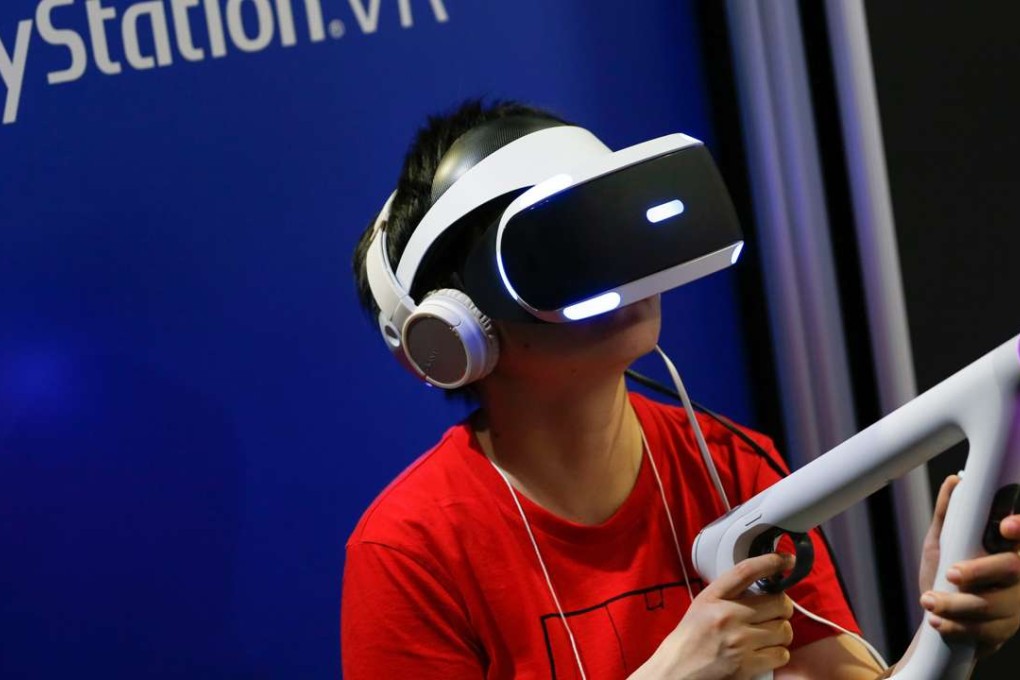Sony edges ahead of Facebook in virtual reality race
Managers must rely on content, rather than technological advances, for dominance in the VR market

After years of underperformance, Sony finally experienced much-needed relief, showing the world its innovation prowess once again. According to a New York Times article, senior executives at Sony were all taken by surprise as its virtual reality headset was selling as fast as the company could make it. Merely four months after launch, close to a million units were sold. Meanwhile, Facebook-backed Oculus Rift had barely shipped more than 240,000 units, and HTC Vive another rival, sold 420,000 units. How did Sony, almost synonymous to Japan’s lost decade, manage to beat Facebook hands down in virtual reality?
In the early 1970s, video cassette recorders (VCRs) began to make inroads into American households, and quickly surpassed colour televisions as the hottest selling consumer electronic product. One format, the Betamax, launched by Sony in 1975 quickly emerged as the first reliable, high-quality video cassette.
Still basking in the glory from its earlier smash hit, the portable transistor radio, Sony had established itself as a pioneering innovator. The company promised consumers a video format that delivered superior colour, crisp pictures, and stable images.
The Betamax quickly achieved a commanding lead in the marketplace. Even the Japanese government favoured the Sony format, trying to force other manufacturers to settle on one single standard, so that consumers, regardless of what machines they bought, could access the same library of videos.
A year later, a minor player named JVC lined up with Matsushita and developed the VHS as an alternative format. Being a latecomer, JVC-Matsushita focused on overseas markets, following an expansive strategy that aimed at forming as large a group as possible.
JVC-Matsushita courted RCA relentlessly in the US. When RCA executives requested a video cassette that “could record a football game,” JVC and Matsushita immediately went to work, corralling a team of 70 engineers to the project. In less than two months, VHS doubled its playing time from two to four hours.